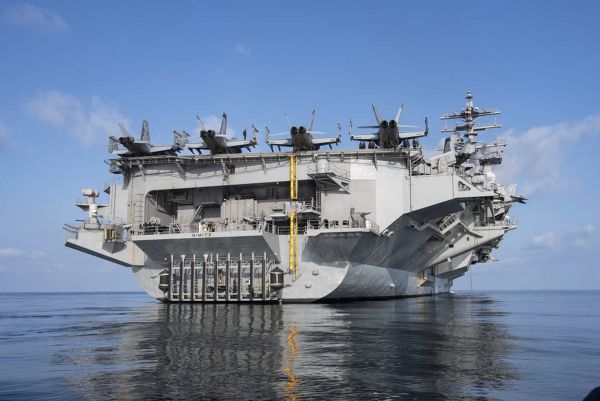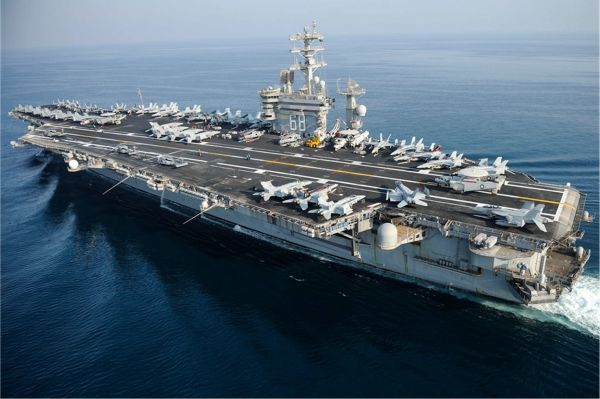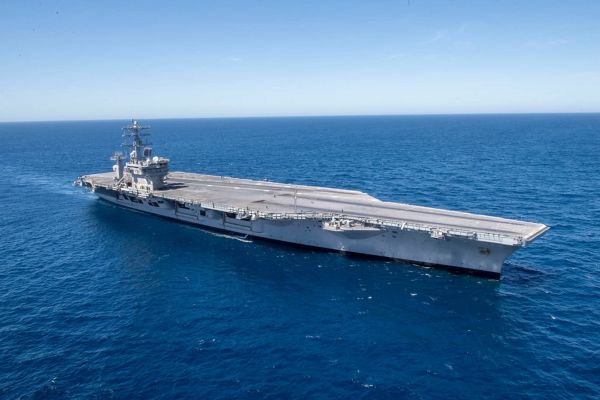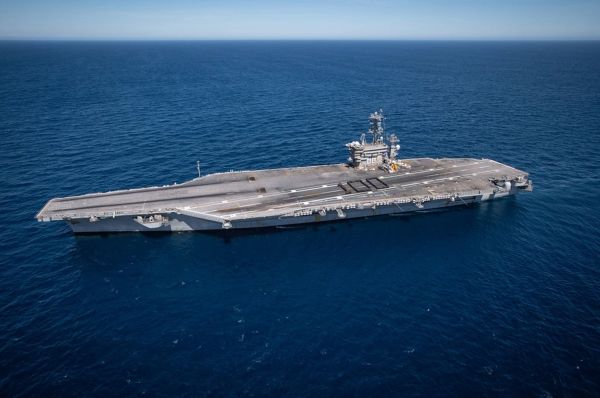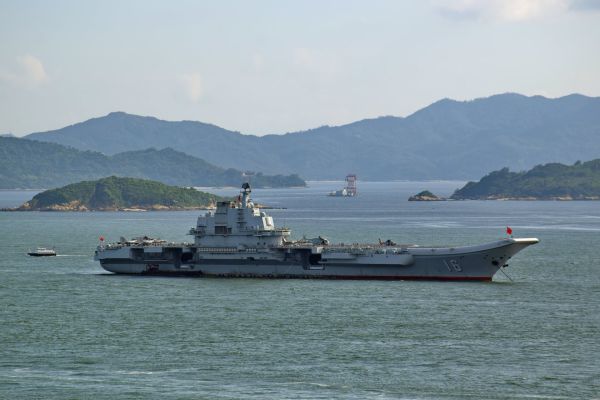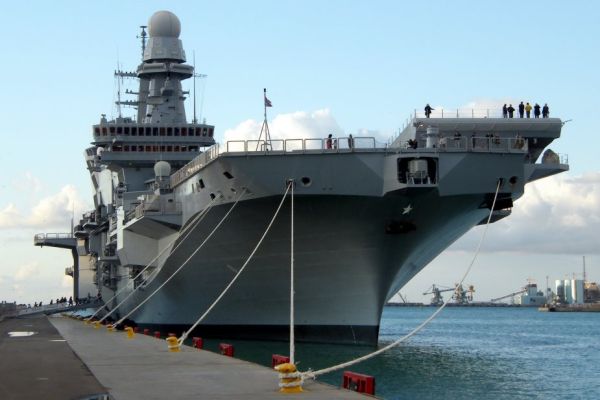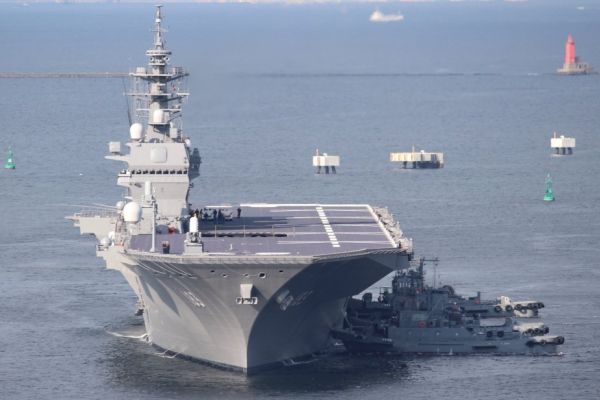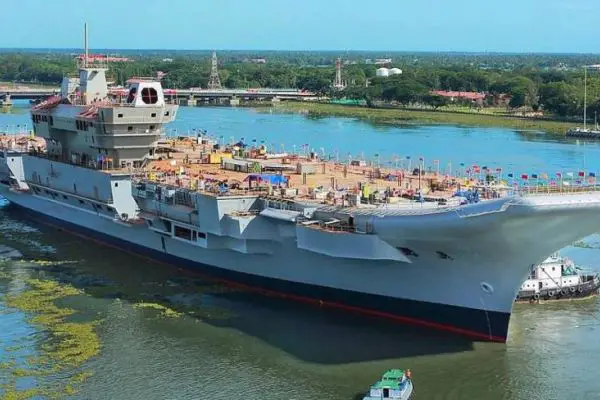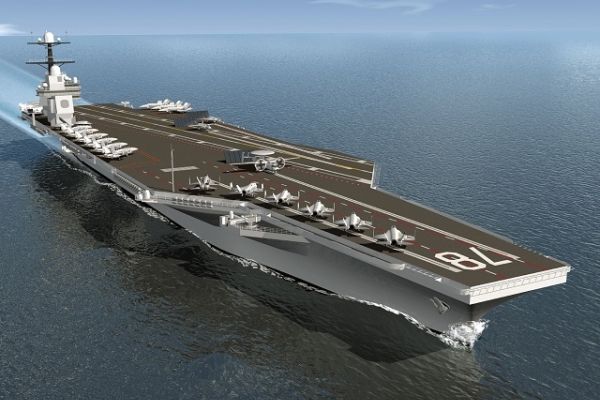Aircraft carriers.
Nimitz class aircraft carrier.

The Nimitz-class aircraft carriers are warships, serving as the centerpiece of the United States Navy's carrier strike groups. Named after Fleet Admiral Chester W. Nimitz, a key naval commander during World War II, these carriers symbolize the U.S. Navy's commitment to maintaining maritime superiority and global reach. With nuclear propulsion, advanced technology, and a capacity to support a comprehensive air wing, the Nimitz-class carriers are platforms capable of projecting power across the globe, conducting air superiority missions, and supporting humanitarian operations. The class includes ten ships, all of which are currently in service with the U.S. Navy.
Country users : United States
Description
The Nimitz-class aircraft carriers were conceived in the mid-1960s in response to the U.S. Navy's need for a new generation of carriers that would surpass the capabilities of the existing conventionally powered ships. The focus was on creating a vessel with enhanced survivability, operational versatility, and advanced technology. The construction of the first ship, USS Nimitz (CVN-68), began in 1968, and she was commissioned in 1975. Nimitz-class carriers are primarily used for power projection, deterrence, and rapid response to international crises. They play a crucial role in maintaining sea lanes and conducting maritime security operations. The flexibility and mobility of these carriers enable them to operate in various environments, from open ocean to littoral zones, and support a wide range of missions, including air strikes, reconnaissance, electronic warfare, and logistics support. Nimitz-class carriers are equipped with state-of-the-art technology and systems. Each ship houses a complement of around 5,000 personnel, including aircrew, ship's company, and staff. The carriers' nuclear reactors provide a virtually unlimited range, enabling them to stay at sea for extended periods without refueling. This endurance is complemented by their ability to carry up to 90 aircraft, including fighter jets, electronic warfare aircraft, airborne early warning aircraft, and helicopters.
Nimitz-class aircraft carriers:
- USS Nimitz (CVN-68) - Commissioned in 1975
- USS Dwight D. Eisenhower (CVN-69) - Commissioned in 1977
- USS Carl Vinson (CVN-70) - Commissioned in 1982
- USS Theodore Roosevelt (CVN-71) - Commissioned in 1986
- USS Abraham Lincoln (CVN-72) - Commissioned in 1989
- USS George Washington (CVN-73) - Commissioned in 1992
- USS John C. Stennis (CVN-74) - Commissioned in 1995
- USS Harry S. Truman (CVN-75) - Commissioned in 1998
- USS Ronald Reagan (CVN-76) - Commissioned in 2003
- USS George H.W. Bush (CVN-77) - Commissioned in 2009
Technical Data
-
Weapons Systems and Protection Systems on Board
The Nimitz-class aircraft carriers are equipped with a variety of advanced weapons systems to ensure their defense against multiple threats. These systems include the Close-In Weapon System (CIWS), which employs automated gatling guns for close-in defense against anti-ship missiles and aircraft. The carriers also utilize the RIM-116 Rolling Airframe Missile (RAM) system and RIM-162 Evolved Sea Sparrow Missile (ESSM) for short- and medium-range defense against anti-ship cruise missiles and aerial threats. The Mk 29 Guided Missile Launching Systems are capable of deploying eight RIM-162 ESSM or RIM-7 Sea Sparrow missiles each, offering substantial defensive capabilities. Additionally, the carriers are equipped with 2–3 Phalanx CIWS systems for close-range defense and two Mk 49 Guided Missile Launching Systems, each capable of launching 21 RIM-116 Rolling Airframe Missiles. For surface defense, the carriers are fitted with Mk 38 25 mm Machine Gun Systems, providing additional firepower against small boats and close-in threats. These systems, combined with advanced electronic warfare suites, create a comprehensive defensive posture that enhances the survivability of the carrier in hostile environments.
-
Design and Features
The design of the Nimitz-class carriers features a large, angled flight deck and a distinct island superstructure offset to the starboard side. This layout allows for simultaneous aircraft launch and recovery operations, maximizing the efficiency and tempo of air operations. The flight deck is equipped with catapults and arrestor wires, facilitating the rapid deployment and recovery of aircraft. The angled deck design is specifically engineered to support high-intensity air operations, providing space for various aircraft types and missions. The carriers are multi-mission platforms, supporting air superiority, power projection, sea control, maritime security, and humanitarian assistance roles. They are designed to operate in various environments, from open ocean to littoral zones, ensuring that they can adapt to the demands of modern warfare and international crises.
-
Engine and Propulsion
The Nimitz-class carriers are powered by two Westinghouse A4W nuclear reactors, each generating energy through 93.5% highly enriched uranium (HEU). These reactors drive four steam turbines connected to four shafts, delivering an impressive output of 260,000 shaft horsepower (shp) or 194 megawatts (MW). This configuration allows the carriers to achieve speeds exceeding 30 knots (approximately 56 km/h or 35 mph), ensuring rapid mobility and strategic flexibility. The nuclear propulsion system provides nearly unlimited endurance at sea, allowing the carriers to remain deployed for extended periods without the need for refueling, a significant advantage in maintaining global reach and operational readiness.
-
Onboard Equipment
The Nimitz-class carriers are outfitted with a sophisticated array of radar sensors and processing systems designed to ensure comprehensive situational awareness and command and control capabilities. Key radar systems include the AN/SPS-48E 3-D air search radar, which provides precise tracking of air targets, and the AN/SPS-49(V)5 2-D air search radar, offering long-range detection of aerial threats. The AN/SPQ-9B target acquisition radar enhances the carrier's targeting capabilities by providing high-resolution tracking of surface and air targets. For air traffic control, the carriers utilize the AN/SPN-46 and AN/SPN-43C air traffic control radars, ensuring safe and efficient aircraft operations in the carrier's airspace. The AN/SPN-41 landing aid radars further assist in guiding aircraft during landing procedures. The Nimitz-class carriers also feature advanced electronic warfare and decoy systems to counter sophisticated electronic threats. The AN/SLQ-32 electronic warfare suite is capable of detecting and jamming enemy radar and communications signals, providing an additional layer of defense. The Nulka active missile decoy system offers further protection by creating a false target, diverting incoming threats away from the carrier.
-
Flight capabilities
Nimitz-class aircraft carriers boast impressive flight capabilities, serving as a floating airbase that can accommodate a wide range of aircraft types. The typical air wing aboard a Nimitz-class carrier consists of around 90 aircraft, including a mix of fighter jets, electronic warfare aircraft, airborne early warning aircraft, and helicopters. The primary fixed-wing aircraft deployed on these carriers is the F/A-18 Hornet and F/A-18E/F Super Hornet, serving as the backbone of the carrier's strike and air superiority missions. These versatile aircraft are capable of performing a variety of roles, from air combat and ground attack to reconnaissance and electronic warfare. In addition to the F/A-18 variants, the carriers operate EA-18G Growlers, specialized electronic warfare aircraft used to jam enemy radar and communications. The E-2C/D Hawkeye provides airborne early warning and control, offering extended radar coverage and battle management support. The C-2A Greyhound is used for carrier onboard delivery (COD), transporting personnel, mail, and cargo between the carrier and shore bases. Helicopters play a critical role in the carrier's operations, with the MH-60S Seahawk and MH-60R Seahawk providing anti-submarine warfare (ASW), search and rescue (SAR), and logistics support. The flexibility of these helicopters allows them to operate in a wide range of conditions, from open ocean to urban environments, enhancing the carrier's mission capabilities.
Specifications
-
Armament
2-3 x Mk 29 Guided Missiles launching systems, 8 x RIM-162 ESSM or RIM-7 Sea Sparrow missiles each, 3-4 x Phalanx CIWX, 2 x Mk 49 Guided Missile Launching Systems, 21 x RIM-116 Rolling Airframe Missiles each Mk 38 25 mm Machine Gun Systems
-
Country users
United States
-
Designer Country
United States
-
Crew
5,000–5,200
-
Engines and propulsion
2 x Westinghouse A4W nuclear reactors, 4 x steam turbines and 4 x shafts
-
Flight capacity
90 fixed wing and helicopters
-
Displacement
100,000 to 104,600 long tons (101,600–106,300 t) full load
-
Speed
30+ knots (56+ km/h; 35+ mph)
-
Range
Unlimited distance; 20–25 years
-
Dimensions
Length O: 1,092 feet (332.8 m), Beam O: 252 ft (76.8 m) and Draft: 37 feet (11.3 m)
-
Armor
2.5 in (64 mm) Kevlar over vital spaces

























